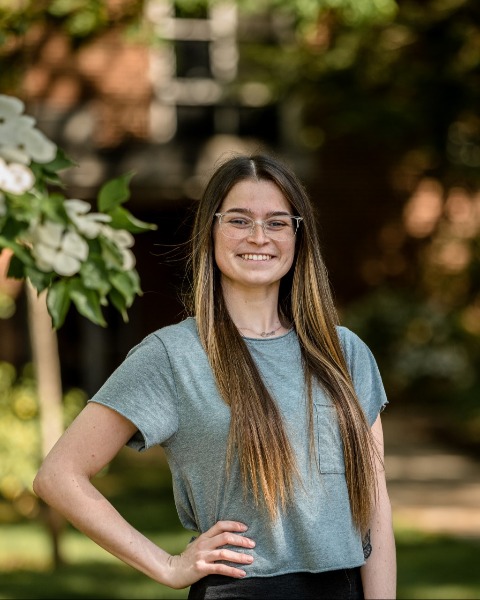Bones, Cartilage & Teeth Posters
Poster: Bones, Cartilage & Teeth Posters
30 - Formation of Meckel’s Cartilage and the Dentary: Uncoupling of Cartilage Resorption and Bone Formation
Monday, March 25, 2024
10:15am - 12:15pm US EDT
Location: Sheraton Hall
Poster Board Number: 30
There are separate poster presentation times for odd and even posters.
Odd poster #s – first hour
Even poster #s – second hour
Co-authors:
There are separate poster presentation times for odd and even posters.
Odd poster #s – first hour
Even poster #s – second hour
Co-authors:
Mizuho Kawasaki - Anthropology - Pennsylvania State University; Abigail Coupe - Anthropology - Pennsylvania State University; Meng Wu - Clinical Genomics, Biochemistry and Molecular Biology - Mayo Clinic; Ethylin Jabs - Clinical Genomics, Biochemistry and Molecular Biology - Mayo Clinic; Susan Motch Perrine - Anthropology - Pennsylvania State University; Joan Richtsmeier - Anthropology - Pennsylvania State University; Kazuhiko Kawasaki - Anthropology - Pennsylvania State University

Cera J. Dickerson, BSc
Research Technologist 1
Penn State University
State College, Pennsylvania, United States
Presenting Author(s)
Abstract Body : A rostral portion of Meckel’s cartilage (MC) is resorbed and replaced by the dentary bone during the development of the lower jaw. Several studies have interpreted this process as endochondral ossification by considering MC to be the preformed model of the dentary. Endochondral bones form using a cartilage model, and their mineralization progresses through (i) hypertrophy of chondrocytes, (ii) bone collar formation and cartilage mineralization, (iii) local resorption of the bone collar and resorption of mineralized cartilage by osteo/chondroclasts allowing invasion of vasculature and osteoprogenitor cells into the cartilage model, and (iv) further resorption of cartilage and formation of bone on resorbing mineralized cartilage. Here, we investigated similarities and differences between endochondral ossification and the formation of MC and the dentary in C57BL/6J inbred mice using conventional histochemical and immunohistochemical staining methods. We found that the initial rudiments of the dentary developed lateral to MC and grew medially to reach the surface of MC at embryonic day (E)14.5. At E15.5, the growing dentary surrounded the lateral surface of MC, and chondrocytes in this region underwent hypertrophy. Though the dentary formed around MC resembled the bone collar of endochondral ossification, in the case of the dentary, the bone collar-like structure formed before chondrocyte hypertrophy. At E16.5, a portion of MC surrounding hypertrophic chondrocytes underwent mineralization, and mineralized MC and the surrounding dentary were resorbed by osteo/chondroclasts allowing vascular invasion. At E17.5, the bone collar-like structure and mineralized MC were both extensively resorbed in rostral regions, and neither structure was detected near the mental foramen. The space where MC was partly resorbed was filled with RUNX2-positive cells (presumptive osteoblasts or their progenitors), but these cells did not form bone on partly resorbed mineralized cartilage. In regions where MC was completely resorbed, osteoblasts differentiated in situ and formed bone as extensions from the dentary that had already grown outside of this region. This observation does not support the idea that MC serves as the preformed model of the dentary. Our results argue that the formation of the dentary differs from endochondral ossification in that bone formation is not directly coupled with cartilage resorption.

